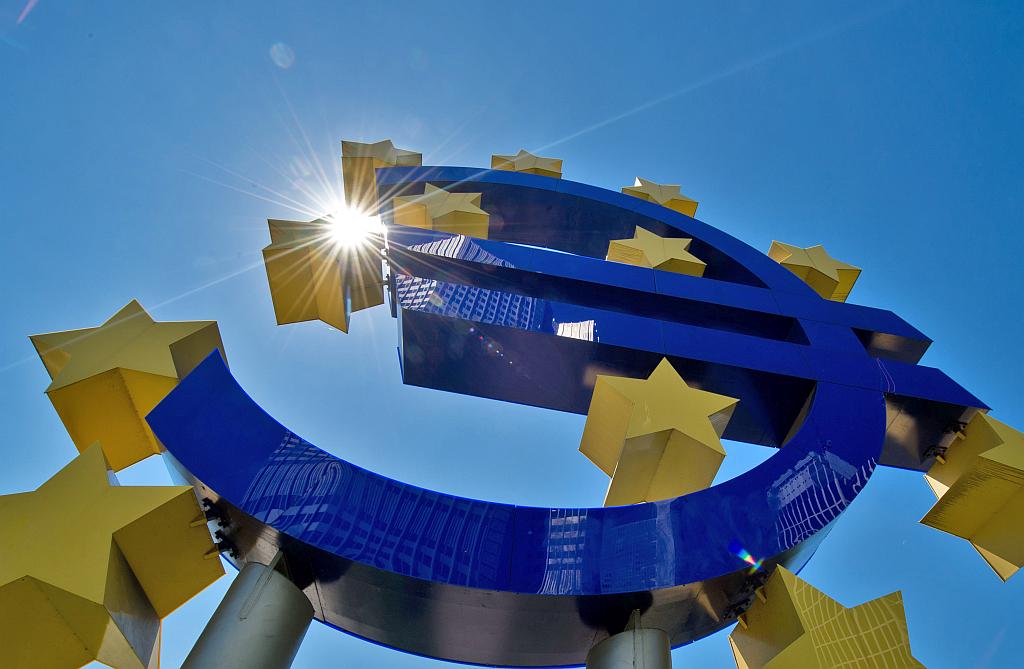The 14.2 percent year-on-year rise in September shipments meant exports rose 6.1 percent in the first nine months of this year, the statistics office said on Friday. Imports rose 2.1 percent in the nine-month period.
"The export figures are good and could lead to a surprisingly high GDP growth in Slovenia this year," said Primož Cencelj, a fixed income portfolio manager at investment firm KD Skladi.
Exports, predominantly cars and car parts, pharmaceutical products and household appliances, are well ahead of the Slovenia macroeconomic institute's forecast for a 3.7 percent rise this year. Investment is also rising, while unemployment is gradually falling.
However, Cencelj said economic growth was likely to slow next year if Prime Minister Miro Cerar's government enforces planned public sector savings, which would curb domestic spending.
Cerar's centre-left government, which took office in September, plans to cut the public sector wage bill by 3 percent in 2015, in an effort to reduce the budget deficit to below 3 percent of gross domestic product as demanded by European Union rules. This year's shortfall is expected at around 4.3 percent of GDP.
The European Commission said on Tuesday that after two straight years of recession Slovenia's economy should grow by 2.4 percent this year, above the Slovenia's official forecast of 2 percent growth. The Commission forecast growth next year of 1.7 percent, a touch higher than the government's projection.
Latest data shows the economy grew 2.9 percent in the second quarter year-on-year and by 1 percent seasonally adjusted from the previous three months.
Analysts said exports to European Union countries, which account for 77 percent of Slovenia's exports, are expected to continue rising, while exports outside the EU, particularly to Russia and Ukraine, may fall due to the Ukraine crisis, which has slowed the two economies and led to economic sanctions on Russia. Exports to the two countries have already decreased by some 8 percent this year.
On Thursday Slovenia's largest listed company, generic drugs producer Krka, trimmed its sales forecast for this year, citing weaker currencies in Russia and Ukraine and falling prices of drugs.
Last year the Slovenian government had to pour more than 3 billion euros of its own funds into local banks, which are mainly state-owned, to prevent them from collapsing under the weight of bad loans and enable the country to avoid a bailout.
Local banks' bad loans still amount to almost 6 billion euros, or 14.8 percent of all loans, according to Bank of Slovenia figures.


































































